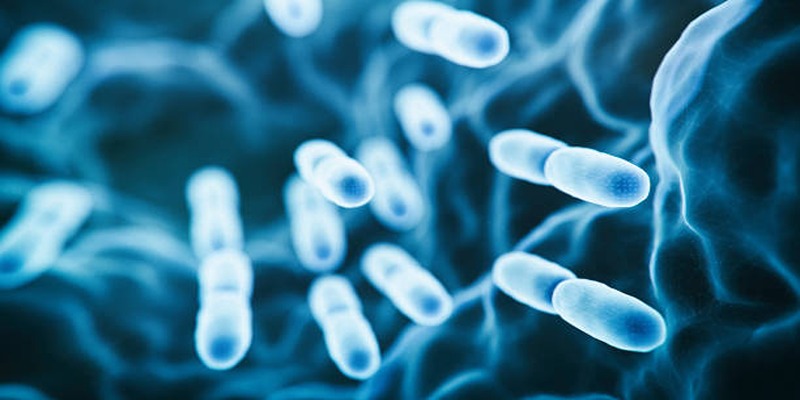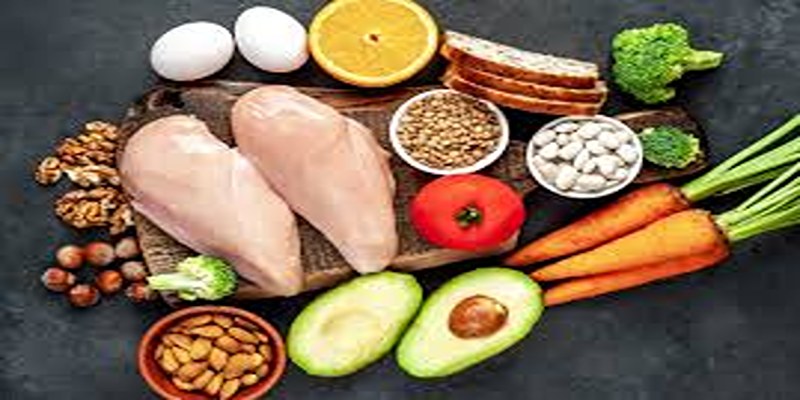Raw Milk Realities: Evaluating the Pros and Cons of Unprocessed Dairy
Feb 04, 2024 By Nancy Miller
Protein, vitamin, mineral, and fatty acid-rich raw milk was common in traditional diets. All drank raw milk before the early 1900s pasteurization. Organic and locally produced foods have revived raw milk. It's not homogenized or pasteurized like processed milk. Goats, sheep, camels, and cows produce milk. Ice cream, yogurt, cheese, and ice cream are raw milk. Some 1% of Americans prefer raw milk despite health concerns.
How Pasteurization Works
Pasteurization safeguards milk and extends its shelf life. Heat removes harmful bacteria, yeasts, and molds from milk. Pasteurize U.S. milk using the High-Temperature Short Time (HTST) method, which heats it to 161°F for 15 seconds. United States, UK, Australia, and Canada prefer 145°F milk for 30 minutes. UHT briefly heats milk to 275°F. Europeans like this method. In contrast to two to three weeks with the main method, UHT can preserve milk for nine months. Pasteurized milk is homogenized to distribute fatty acids evenly and improve texture and flavor.
Raw Milk Claims
Since uncooked milk incorporates extra fatty acids, antimicrobials, vitamins, and minerals than pasteurized milk, advocates say it is healthier. Various findings propose uncooked milk may additionally gain people with autoimmune and allergic problems, bronchial asthma, or lactose intolerance.
In the early 1900s, the US and European pasteurization systems were prompted by way of bovine tuberculosis-infected dairy products, killing 65,000 humans over 25 years. In unpasteurized milk-consuming areas, this human-transmittable disease persists. Some raw milk advocates argue that pasteurization is obsolete because tuberculosis is no longer common. Their view is that pasteurization degrades milk nutrition. Most scientific evidence contradicts these claims.
Pasteurized Milk Nutrient Stability

Pasteurized milk hardly changes in vitamins, carbs, minerals, or lipids. Water-soluble vitamins B1, B6, B9, B12, and C showed only small decreases in 40 trials' comprehensive analysis. Milk includes small quantities of these vitamins, so the effect is negligible. These vitamins are abundant in fruits, veggies, whole grains, and animal proteins, making these deficiencies clean to triumph over.
Vitamin A, D, E, and K viscosity decrease barely at some point of pasteurization. Milk includes plenty of calcium and phosphorus, which might be important for cell functioning, muscle repair, bone rigidity and repair, and metabolism. Two heat-insensitive minerals, calcium and phosphorus, comprise 23% and 20% of the DV in a single cup of pasteurized milk, respectively.
Milk Protein and Pasteurization
An eight-gram protein content material is present in an average to standard serving of pasteurized milk, which weighs 245 grams. With whey comprising the remaining 20%, this protein is predominately composed of casein, which comprises about 80%. Both varieties enhance muscle development and insulin resistance. Casein remains stable when heated, dispelling the myth that pasteurization reduces its concentration.
After pasteurization, whey protein retains most of its nutritional value and digestibility despite being more susceptible to heat damage. The weekly consumption of raw, pasteurized, and ultra-heat-treated (UHT) milk was compared in a comprehensive study conducted in 2008, which included 25 participants. In the body, pasteurized milk proteins perform similarly to their raw milk counterparts.
Allergies and Immune Function
Considering milk protein allergy, affects 2–3% of infants in developed nations within their first year when using raw milk for skin. Most cases, about 80–90%, are naturally resolved by the age of six. Raw milk contains certain elements that can potentially modulate immune responses. A comprehensive meta-analysis conducted in 2020 linked the consumption of raw milk in children with a decreased incidence of asthma and allergic rhinitis.
However, it's crucial to recognize that these findings indicate a risk reduction rather than a direct cause-effect relationship. Another European study involving 983 infants suggested that raw milk could slash the risk of respiratory infections and fever by 30%. Additionally, broader exposure to farm-related microbes is thought to contribute to reduced asthma and allergies, aligning with the observations on raw milk facts intake.
Tolerance of Lactose in Raw Milk
Milk sugar lactose requires lactase to digest. Humans produce it in the small intestine. Because they lack lactase, some people ferment lactose in their intestines. Constipation, abdominal pain, and diarrhea are unpleasant side effects. Lactose is the same in raw and pasteurized milk. Raw milk contains Lactobacillus, which produces lactase. High-temperature baking kills germs. Raw milk may help the body digest lactose.
‘
In contrast to this hypothesis, 16 lactose-intolerant adults participated in a rigorous study that yielded intriguing results. A week would elapse between the three eight-day periods during which the participants consumed soy, raw, or pasteurized milk. In contrast to the hypothesis that raw milk alleviates lactose intolerance, the study found that pasteurized and unpasteurized milk induced comparable digestive issues.
Antimicrobial Properties in Milk

Milk contains antimicrobials like lactoferrin, immunoglobulin, and lysozyme. Keep milk fresh and free of harmful microbes with these agents. Fresh or pasteurized milk loses effectiveness when refrigerated. Antimicrobials are, intriguingly, affected differently by pasteurization. It inhibits the activity of lactoperoxidase by approximately 30%. Conversely, the effectiveness of other antimicrobials is largely preserved. The slight but significant influence of pasteurization on the inherent defenses of milk is underscored by this selective effect.
Risks Linked to Drinking Unpasteurized Milk
Milk provides an ideal environment for bacterial growth because of its neutral pH, abundance of nutrients, and water content. The interior environments of milk-producing animals are generally hygienic. However, right after milking, the risk of contamination commences. Sources of bacteria include the skin, feces, and equipment utilized during the milking process of the animal. Frequently undetectable until they proliferate substantially, these impurities are minute.
While pasteurization eliminates most bacteria, a few may survive. However, these survivors are typically weakened and pose less threat. Research shows that unpasteurized, or uncooked milk, contains more dangerous bacteria than its pasteurized counterpart. Refrigeration slows down bacterial growth. However, whether the milk is raw or pasteurized would not eliminate the threat.
Though pasteurized, a few bacteria can also live to tell the tale. Many survivors are weaker and less risky than others. According to investigations, raw milk has more dangerous microorganisms than pasteurized milk. Both uncooked and pasteurized milk are infected via microorganisms regardless of refrigeration. Milk raises hazardous bacteria like E. Coli, Salmonella, and Campylobacter. These can cause vomiting, diarrhea, and dehydration like other food poisonings. These microbes can cause headaches like hemolytic uremic syndrome and miscarriages.
Raw milk for human consumption and raw milk for skin is prohibited in nations such as Scotland, Canada, and Australia. Raw mil facts distribution is not permitted in twenty states and is subject to stringent regulations in the remaining states. Outbreaks continue to increase, particularly in states where the sale of raw milk is allowed.

Expert Advice: 2 Ideal Times for Your Probiotic Supplement

How to Get Better at Hiking: Essential Tips to Prepare Before Hitting the Trail

Understanding and Managing Lower Back Pain

Understanding High Triglycerides

Uncovering the Health Benefits of Onions: Nutrition and Wellness Guide

Best Foods High in Niacin: Essential for Energy and Health

Ready to Try Backbends? Start Here for a Safe and Energizing Practice


